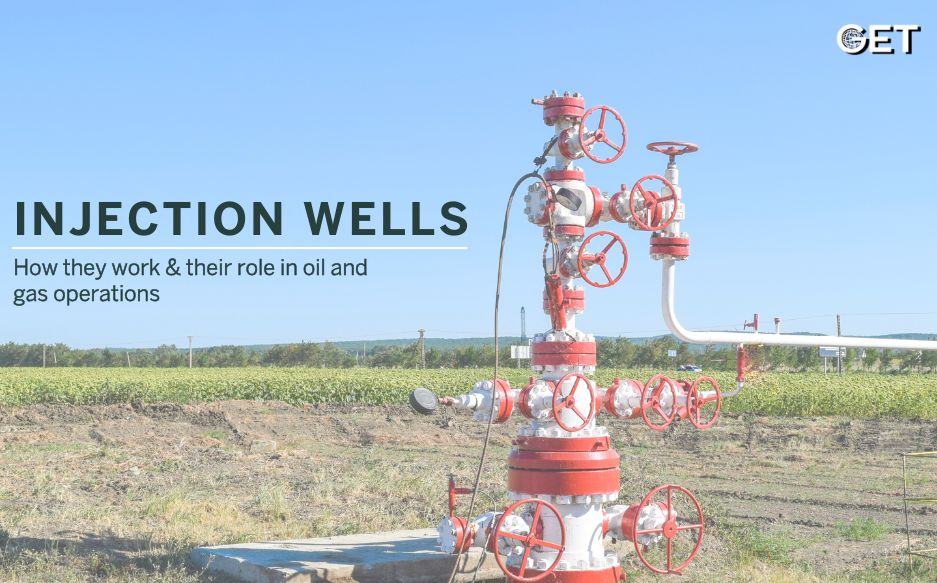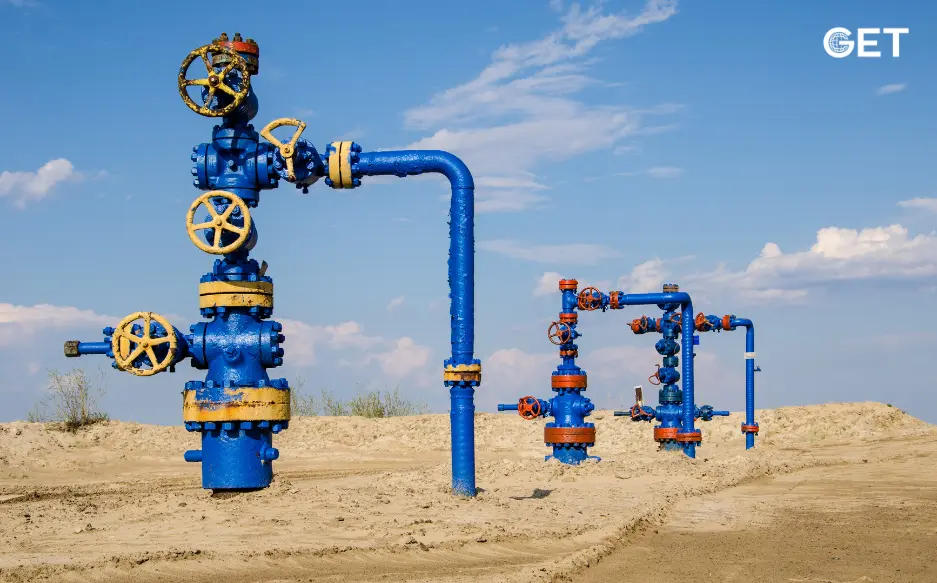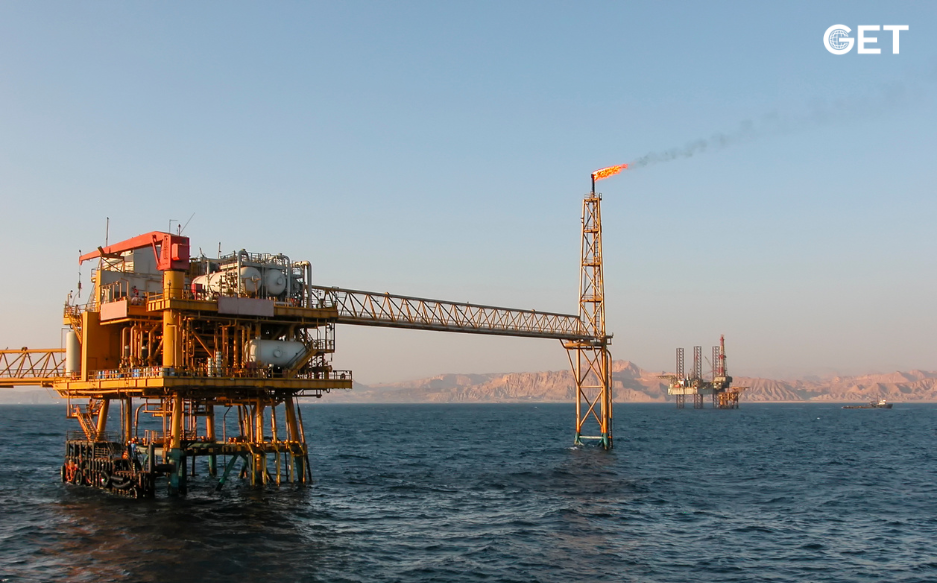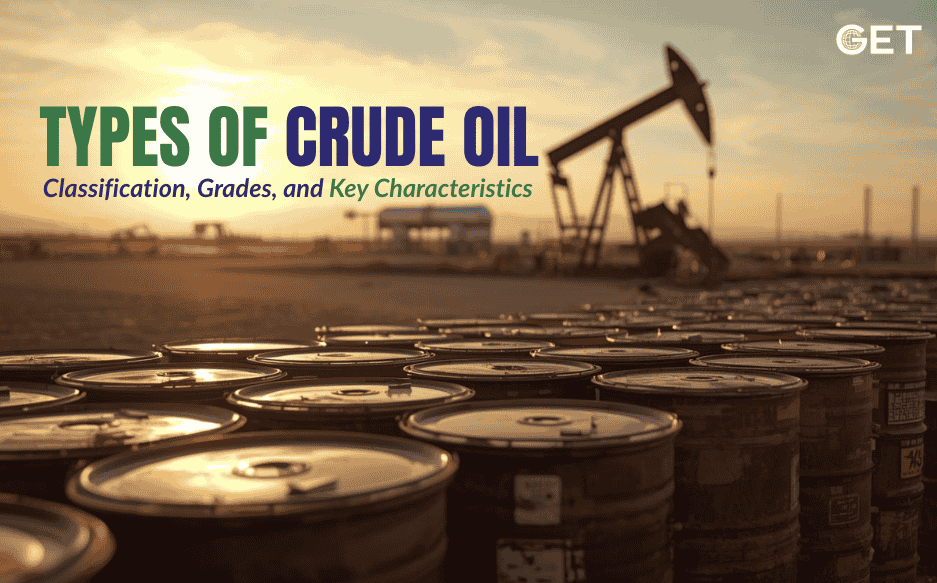
The upstream oil and gas industry depends on several technologies for production enhancement and reservoir performance management. Injection wells are critical to this process; they are meant to maintain pressure, dispose of waste, and enhance recovery. We’ll go into the working principles of injection wells and their importance for oil and gas companies.
Injection wells are specialized wells used by oil and gas companies to inject fluids (water, gas, or chemicals) into underground formations. These wells serve many functions-injecting water for enhanced oil recovery (EOR), disposal of wastewater, and maintaining reservoir pressure.
The injection well operational procedures involved are as follows:
However, with the benefits come challenges, including groundwater contamination potential, induced seismicity, and expensive operations. Agency bodies such as the Environmental Protection Agency (EPA) and local governing bodies have set strict rules to implement safe injection actions for the protection of the environment.
Injection wells are indispensable for the upstream oil and gas industry, enabling enhanced recovery, efficient waste management, and sustainable reservoir management. By leveraging advanced injection techniques and adhering to regulatory standards, oil and gas companies can optimize production while ensuring environmental safety.
As technology advances, innovations in injection well design and monitoring continue to enhance their efficiency, making them a crucial asset for the future of energy production.
Read Also- Oil and Gas Jobs in the KSA – Current Opportunities & Career Development

By Get global | December 11, 2025

By Get global | December 5, 2025
Turkey’s ambitions in the energy sector have taken a significant step forward as Turkish Petroleum (TPAO) ramps up drilling at its latest Black Sea discovery. The find is considered one of the most promising additions to the region’s portfolio, reshaping the conversation around Turkish gas exploration, self-sufficiency, and the future […]

By Get global | November 27, 2025
The upstream oil and gas industry is thrilling, quick-moving, and rich with opportunities—but let’s face it, it also has a lot of technical language. If you are a newcomer to the industry, changing jobs, or just wanting to enhance your knowledge about the industry, mastering the right terms can facilitate […]

By Get global | November 24, 2025

By Get global | November 17, 2025
Anyone who has worked in the UAE energy sector will tell you the same thing. The industry here keeps moving. Every year brings new drilling activity, stronger digital adoption, and a clearer shift toward cleaner and more efficient operations. Because of this, companies are looking for a different mix of […]